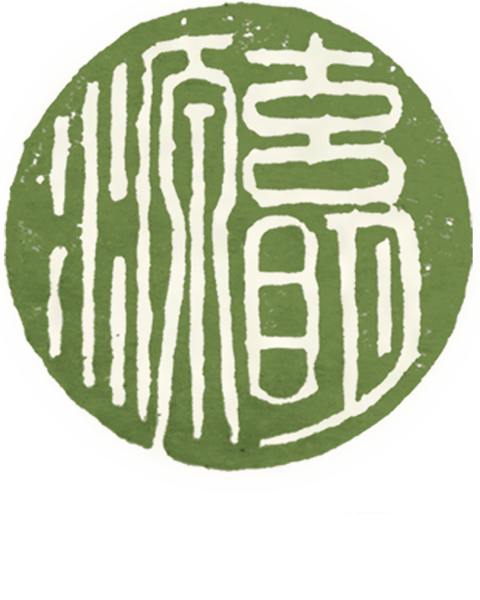Four Tenets of Osteopathic Medicine
Osteopathic medicine was founded in 1874 by Andrew Taylor Still, MD. He was a surgeon in the Civil War who was struck by tragedy when two of his children passed away from meningitis using “traditional medicine.” Osteopathy was born as he sought to find a better form of health care.
Still came up with what have been termed the four tenets of osteopathic medicine:
- The body is a unit; the person is a unit of body, mind, and spirit.
- The body is capable of self-regulation, self-healing, and health maintenance.
- Structure and function are reciprocally interrelated.
- Rational treatment is based upon an understanding of the basic principles of body unity, self-regulation, and the interrelationship of structure and function.
When using these tenets, the focus is on the health of each individual and not the disease process. Prevention and wellness thus is the centerpoint of the philosophy of osteopathy.
What to Expect from an Osteopathic Treatment
Osteopathic medical treatment for each patient will vary depending on what the individual requires. The techniques utilized share the common intention to clear restrictions and restore fluid continuity and balance including use of the following modalities (not a comprehensive list):
- Cranial Osteopathy
- Visceral Manipulation
- Myofascial Release
- Muscle Energy
- Fascilitated Positional Release
- Counterstrain
- Lymphatic technique
Acute symptoms may require only 1-3 treatments; whereas for chronic cases, it is common to have more frequent visits initially with a gradual tapering of treatments into a maintenance schedule. Regular monthly or quarterly visits may be suggested as preventive measures to decrease stress, improve energy or boost immunity.

